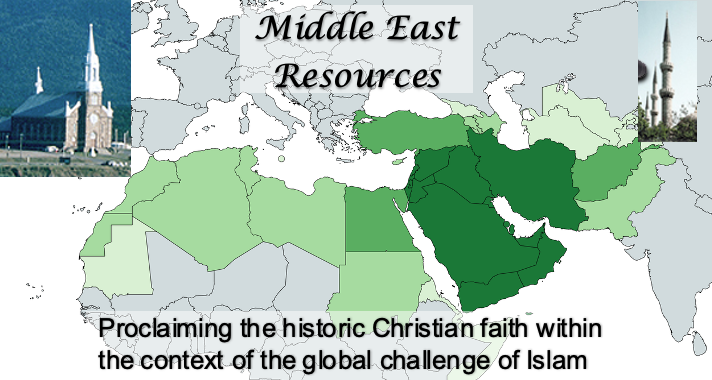Islam: Past, Present, and Future - Part Two
Bassam Michael Madany
28 December 2022
On 15 December 2022, I posted Part One of “Islam: Past, Present, and Future.” I covered the early history of Islam, ending this paragraph:
“A century after the founding of the Abbasid Caliphate, the distant parts of the Empire began to secede. A cataclysmic event occurred in the middle of the 13th century when the Mongolians invaded the eastern parts of the Caliphate and destroyed Baghdad.”
What of the present and Future of Islam?
In Bernard Lewis’ “What Went Wrong?” he attempted to explain the malaise that affects Islam nowadays: “Muslims from Indonesia to Morocco. Put it simply, the first 1000 years in the history of Islam, the Muslim world was a center of power, culture, and enlightenment. At least this is what Muslim historiographers say, and what most Muslims believe. Allah was on their side for a millennium. Is He no longer with them today?”
After achieving their independence in the middle of the 20th century, several countries in the Middle East espoused Socialism as the way to catch up with the rest of the world. It didn’t take long to find that Socialism was the wrong choice.
A major challenge faced them with the birth of Israel in 1948. How could immigrants from Europe, resist and then overcome five Arab armies in the summer of 1948? And then, after a couple of decades, came the unbelievable Arab Hazima (defeat) of the Six Day War in June 1967. Was that terrible event a sign that God had forsaken them?
The preoccupation with the Palestinian problem and the militarization of many Arab states during the second half of the 20th century diverted Muslims from realistically facing the challenges of modernity. While the nations of the Pacific Rim joined the ranks of the First World Club, Muslim states stagnated, their desperate societies became prey to such radical movements as FIS (Algeria’s Islamic Salvation Front) the Muslim Brotherhood in Egypt, the Islamic Revolution in Iran, Hezbollah in Lebanon, Hamas, Islamic Jihad in the Gaza Strip, and the Taliban in Afghanistan.
Two major subjects best describe the plight of the Muslim nations today: Geography, and Demography.
Except for Indonesia, Malaysia, and Bangla Dash, most Muslim lands lack adequate water resources. While Turkey, Syria, and Iraq share the waters of the Tigris and the Euphrates, the growing demand for more irrigation points to some serious problems soon. The same situation faces the countries that share the Nile River, Ethiopia, Sudan, and Egypt.
The second topic that receives scant attention comes under the rubric of demography. According to the Population Reference Bureau of Washington, D.C., most of the populations in the Muslim world double ever twenty years! Such statistics are very hard to grasp. For example, most of the citizens of Iran were born after the revolution of 1979; and around 40% of the Saudis are below 45 years old!
Besides the problems of geography and demography, most countries of the Muslim world suffer from the hegemony of authoritarian and oppressive regimes. Syria was brutalized by Hafez al-Assad between 1970 and 2000. His son Bashar has continued the oppressive regime to this very day, causing millions of Syrians to seek refuge in nearby countries and in Europe. The uprising of the Iranian masses against a regime claiming divine authority to persecute and execute anyone opposing them is part of the daily news!
Earlier in my article, I had quoted from Bernard Lewis’ “What Went Wrong?” I would like to end the article with a quotation from his last work,
“The End of Modern History in the Middle East”[i]
‘With the ending of global strategic confrontation between superpowers, those in the Middle East must adjust to a new reality: to accept final responsibility for their own affairs, to make and recognize their mistakes, and to accept the consequences. In The End of Modern History in the Middle East, Bernard Lewis discusses the future of the region in this new, postimperialist era. For each country and for the region as a whole, he explains, there is a range of alternative futures: at one end, cooperation, and progress; at the other, a vicious circle of poverty and ignorance “
--------------------------
[i] The End of Modern History in the Middle East (Hoover Institution Press Publication) (Volume 604) Hardcover – May 1, 2011
 Middle East Resources
Middle East Resources
